"Metallic Vitamins" - Vanadium
Vanadium has been discovered twice. In 1801, a professor of mineralogy in Mexico City, Jean Riva, first discovered this element in lead vanadate ore and sent it to Paris for further research. However, French chemists concluded that it was a contaminated chromium ore. In 1830, the Swedish chemist Sebastian discovered vanadium again in the black residue dissolved by acid while studying iron ore in the Smalan mining area in Sweden. Due to its colorful and beautiful compounds, it was given the name Vanadis, the goddess of beauty in Nordic mythology.
Vanadium (V) is located in the fifth secondary group of the fourth cycle in the periodic table of elements, belonging to the first row of transition metals. There are four oxidation valence states in nature (+2,+3,+4,+5), and may be zero valence in the core. Vanadium is one of the trace elements widely distributed on the earth, mainly occurring in magnetite, phosphate rock, uranium bearing sandstone, and siltstone deposits. Bauxite, petroleum, coal, oil shale, stone coal, tar sand, and other organic carbon rich substances also present high content, but so far, no independent vanadium minerals have been found.
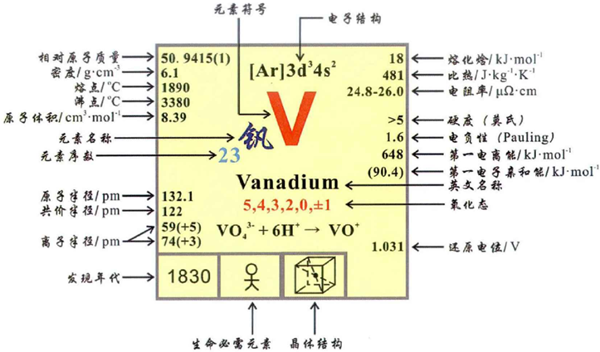
Vanadium is a silver gray refractory and volatile rare metal. It has a combination of hardness and softness, a lively and variable valence state, and a colorful luster. High purity vanadium has a hard texture, no magnetism, good ductility, low oxidation resistance, and light weight. When it is added to conventional metals to form alloys, it can significantly improve the plasticity, ductility, flexibility, and strength of the alloy.
Wide application field
Vanadium has important applications in steel industry, metallurgy and chemical industry, aerospace, national defense and military industry, medicine, pigments, glass, new energy batteries, and other fields. It is known as "metal vitamins", "chemical bread", and "monosodium glutamate in modern industry".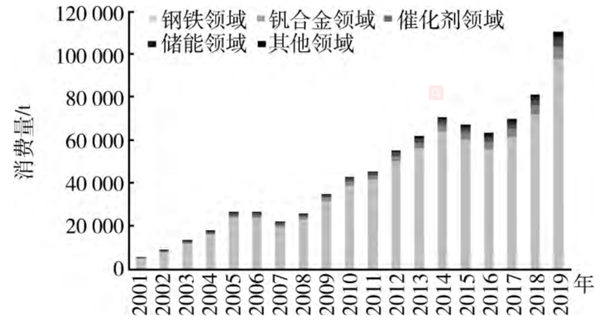
(1)
Vanadium containing steel bar
Vanadium is mainly used as an alloy additive in the steel industry, and about 90% of vanadium in China is used in the steel industry. Using vanadium addition to microalloy steel can greatly improve the strength, toughness, high temperature resistance, and corrosion resistance of products, as well as save steel consumption. Compared to ordinary hot rolled steel bars, vanadium containing steel bars have unique advantages in continuous casting, processing, and other aspects, with excellent seismic performance, high yield strength ratio, small yield strength fluctuation range, high elongation, good bending performance, low aging, and easy welding. Using (vanadium) microalloying to increase the strength of steel bars from 400 MPa to 500 MPa can theoretically save 15% to 20% of steel consumption. Based on the average energy consumption and carbon emissions data of China's steel industry, it is estimated that on average, more than 110 million tons of standard coal consumption can be saved and more than 370 million tons of carbon dioxide emissions can be reduced each year, which has a positive effect on promoting the carbon peak and carbon reduction in the steel industry.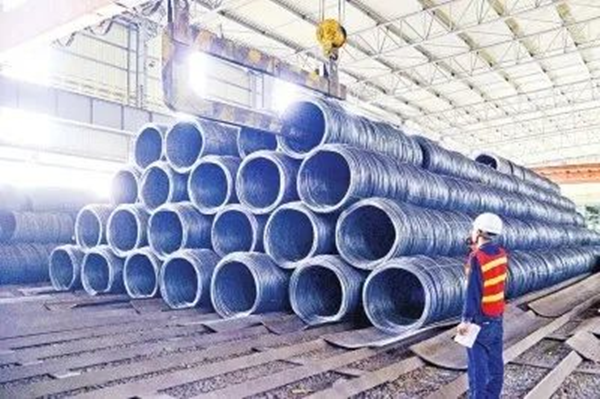
Figure 5 Vanadium Containing Steel Bars at Pangang (source: China Iron and Steel News)
(2) Vanadium battery
Vanadium battery (all vanadium redox flow battery) is a device for efficient energy storage and output. The vanadium battery energy storage system consists of positive and negative electrodes, electrolyte storage tanks, ion exchange membrane modules, and other components. The current flows through the valence change of vanadium ions in the electrolyte, and the number of cycles can reach 5000 to 10000, more than 10 times that of lithium batteries. Vanadium batteries have become one of the preferred technologies in the fields of renewable energy storage, grid peak shaving, and standby power supply due to their high power, capacity, efficiency, long life, fast response, instant charging, high security, and low cost. They are known as "power banks".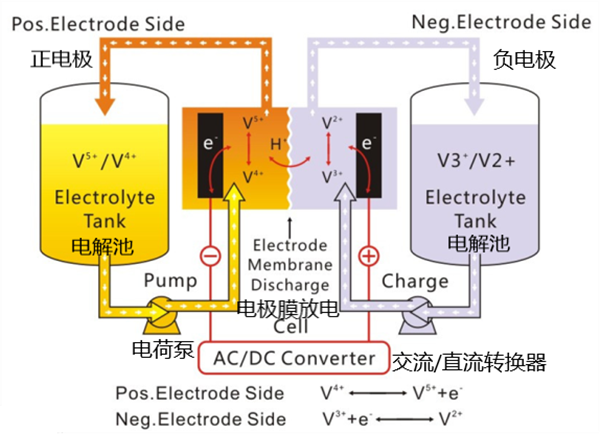
Overview diagram of all vanadium liquid flow battery (source: Baidu Encyclopedia)
(3) Medical
Vanadium is crucial in human metabolism and tooth development. Early studies on vanadium compounds at home and abroad focused on hypoglycemic effects. Vanadium can promote sugar metabolism and promote the growth of red blood cells. It has a good insulin like effect, can protect islet cells, and reduce blood sugar content in the body.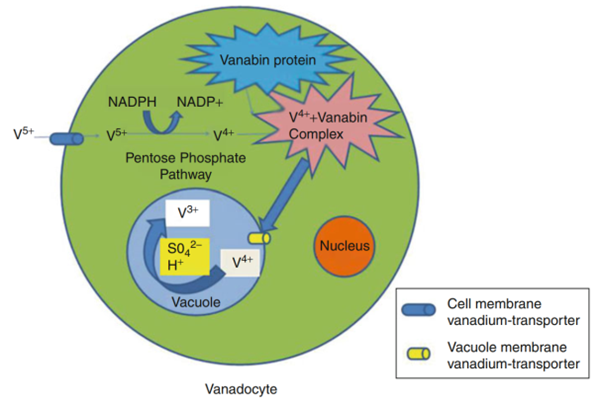
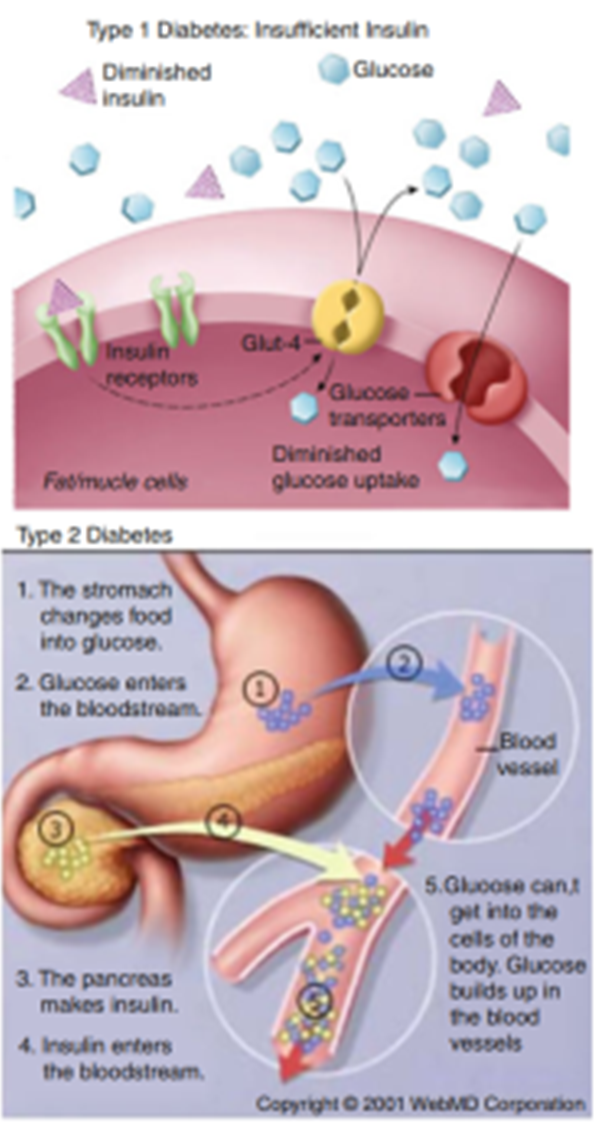
Causes of diabetes (Chatterjee et al., 2013)
(4) Isotopes of vanadium
There are 31 isotopes of vanadium, of which the naturally occurring stable isotopes are 50V (0.25%) and 51V (99.75%), and the rest are all synthesized artificially. As a multivalent element, vanadium isotopes have significant fractionation in nature and can be used as geochemical tracers to control the physicochemical state of high-temperature and low-temperature geological processes, especially changes in redox conditions. Currently, the Metal Stable Isotope Laboratory of the University of Science and Technology of China can conduct highly accurate vanadium isotope composition testing.
① Vanadium isotopes can identify geological processes controlled by magnetite
Magnetite is a widely occurring dark mineral in geological processes, and vanadium is significantly compatible with magnetite. During magma evolution, magnetite crystallization preferentially enriches 50V, resulting in a heavier V isotope composition of the residual melt.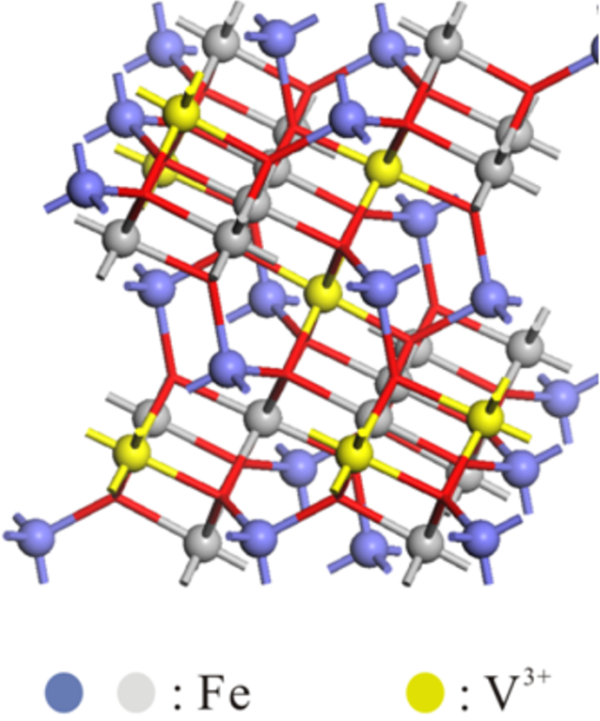
Occurrence state of V3+in magnetite structure
(Source: Highlights of Beijing Synchrotron Radiation Device Research)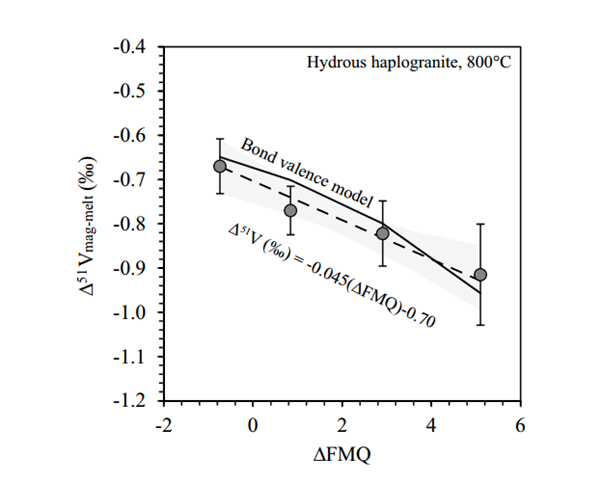
Experimental Determination of the V Isotopic Fractionation Coefficient between Magnetite and Aqueous Granite Melts (Sossi et al., 2018)
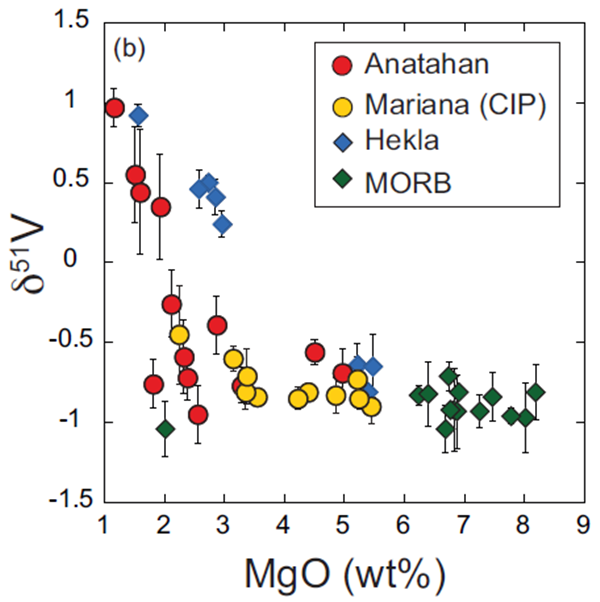
V Isotopic Composition of Lavas from Hekla, Iceland, and Anatahan, Mariana (Prytulak et al., 2018)
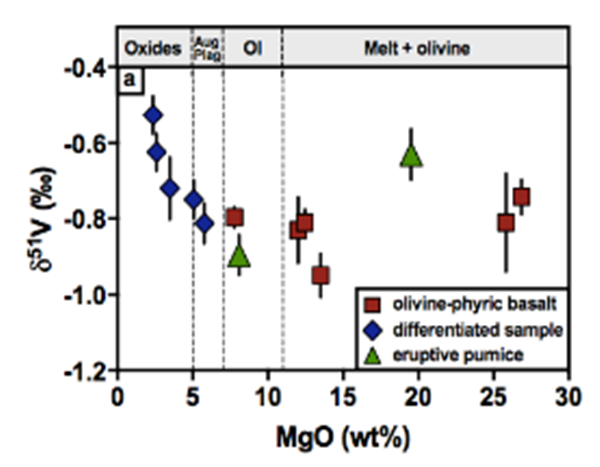
V Isotopic Composition of Kilawa Magmatic Lake (Ding et al., 2020)
② Vanadium isotopes can restrict the process of core mantle differentiation
Vanadium has+2 and+3 valences in the oxygen fugacity range of the formation of the earth's core; Vanadium exists in metals with a valence of 0, so vanadium isotope fractionation may occur during core formation. The corresponding fractionation coefficient can be obtained by measuring the vanadium isotope composition of the two phases in the metal and silicate melt equilibrium experiment.
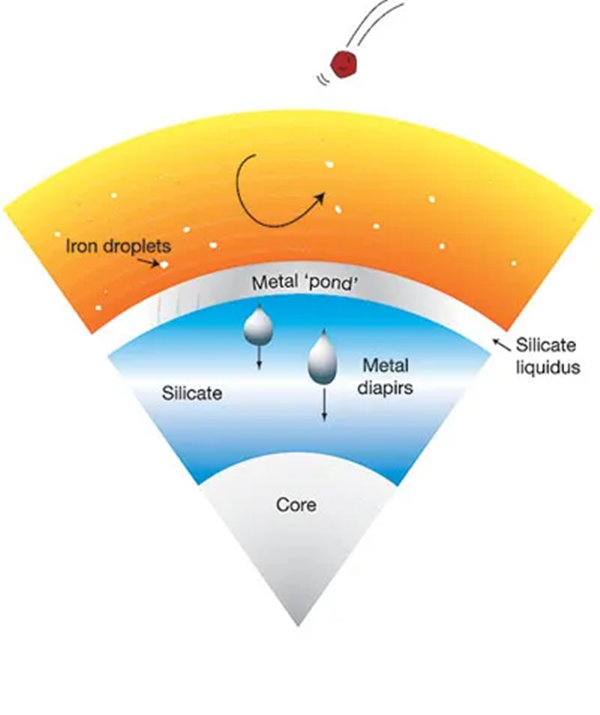
Deep Magmatic Ocean Model (Wood et al., 2006)
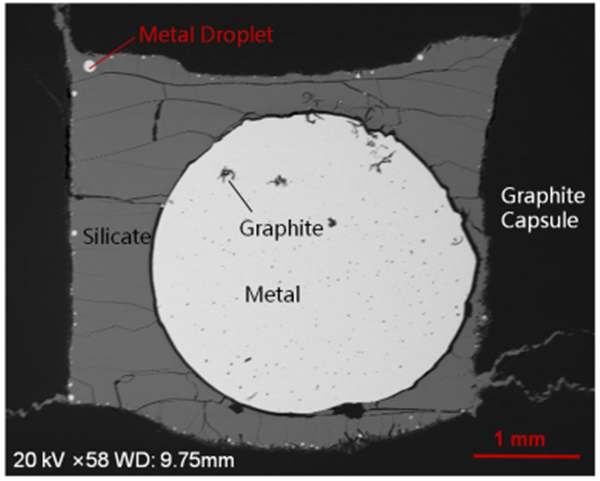
Structure of High Temperature and High Pressure Experimental Samples (Zhang et al., in prep)
③ Vanadium isotopes have great potential for paleoenvironmental tracing
As a redox sensitive element, the concentration of vanadium in sediments varies with the redox state of seawater. Based on the study of vanadium isotopes in various types of modern oceanic sediments, it has been found that the isotopic fractionation accompanying vanadium deposition is quite different in different oxidation environments. Therefore, V isotope composition can trace the degree of oxidation and reduction in local water bodies, even global seawater.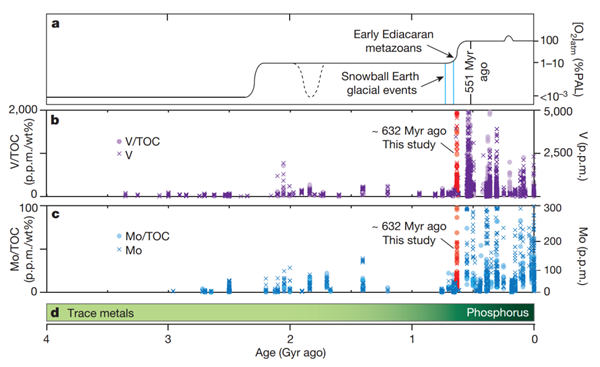
Redox Sensitive Trace Elements and the Evolution of Sea-Atmosphere Redox (Sahoo et al., 2012)
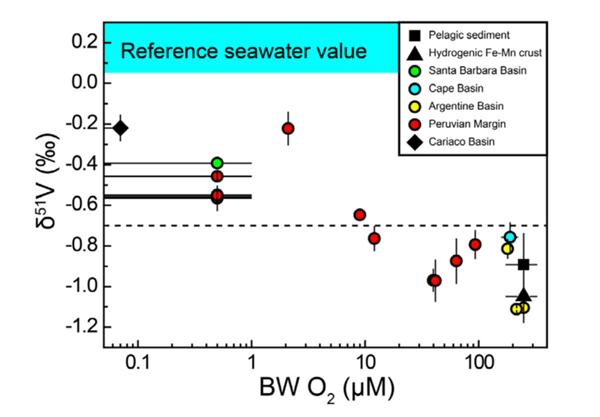
Vanadium Isotopic Composition of Marine Sediments (Wu et al., 2020)
Understanding vanadium resources
Vanadium is an important strategic resource in China, with its current reserves ranking first in the world
According to the statistics of the United States Geological Survey (USGS), the global proven total metal reserves of vanadium ores are 22 million tons, mainly distributed in China, Russia, Australia, South Africa, Brazil, the United States, and other places. The total metal reserves of vanadium ores in China are about 9.5 million tons, ranking first in the world.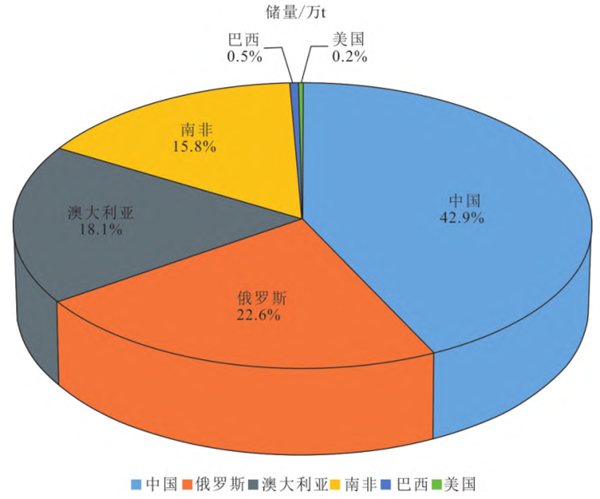
Distribution of vanadium reserves in major countries in the world in 2020
(Data source: U.S. Geological Survey Mineral Commodity Summaries, 2021)
The distribution of vanadium resources in China mainly comes from vanadium titanium magnetite and sedimentary vanadium ore resources
(1) Vanadium titanium magnetite
Because the ionic radius of V3+(0.061 nm) is similar to that of Fe3+(0.063 nm), vanadium is widely present in iron bearing minerals in the form of isomorphism in nature. Currently, the proven vanadium resources in the world mainly come from vanadium titanium magnetite. Vanadium titanium magnetite in China is mainly distributed in Panxi, Sichuan and Chengde, Hebei, with a large scale of deposits. Many ultra poor vanadium titanium magnetite deposits or occurrences have also been discovered in Zhangjiakou, Chifeng, Inner Mongolia, and Jianping, Liaoning Province, with certain resource development potential.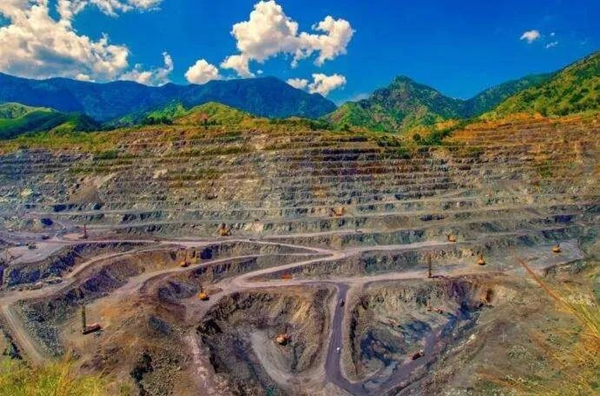
Panzhihua Vanadium Titanium Magnetite (Tuyuan Ore Channel Network)
(2) Sedimentary vanadium mineral resources
A low grade vanadium containing resource unique to China. Vanadium deposits occur in black carbonaceous shale rich in organic matter (TOC>5%) and reduced sulfur (TS>1%), and are formed in marine anoxic environments within and on the continental margin through sedimentary mineralization. They are often produced in association with elements such as Ni, Mo, U, P, S, Au, Ag, Ba, and PGE. China is rich in sedimentary vanadium ore resources, mainly distributed in 17 provinces and regions such as Shaanxi, Hunan, Hubei, and Guizhou, forming three major sedimentary vanadium ore metallogenic belts in the northern margin of the Tarim craton, the northern margin of the Yangtze craton, and the southeastern margin of the Yangtze craton. The main metallogenic epoch is the Cambrian. The scale of the deposit is mainly small and medium-sized, with few large vanadium mines. The ore grade is relatively low, the occurrence state of vanadium is relatively complex, the cost of beneficiation and smelting is high, and the overall resource endowment is general.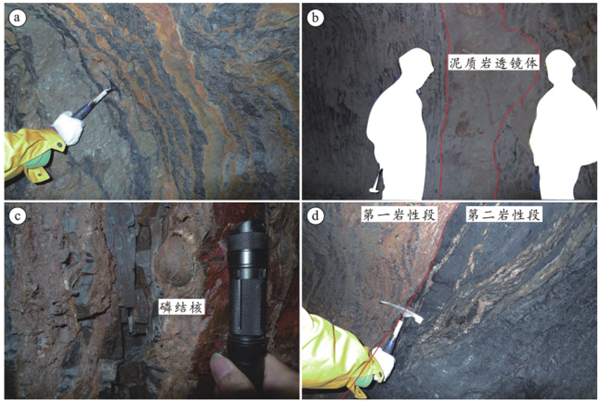
Characteristics of the Qianjiaping vanadium ore body in the southern Qinling Mountains. A - banded vanadium ore; B-banded ore with argillaceous rock lenses; C - phosphorus nodules occurring in vanadium ore beds; D - Contact zone between strip ore in the first lithologic section and argillaceous limestone in the second lithologic section (Xu Lingang et al., 2022)
According to the statistics of the International Vanadium Technical Committee, the global vanadium consumption in 2020 was 103000 tons of metal vanadium equivalent. At the current consumption rate, the current amount of economically exploitable vanadium metal in the world can only be used by humans for 200 years. The correlation of vanadium steel and the sector demand forecast based on ARIMA model indicate that China's vanadium demand will reach a peak in 2026, when the demand will be 116200 tons, and then maintain a high volatility of 107900~19000 tons.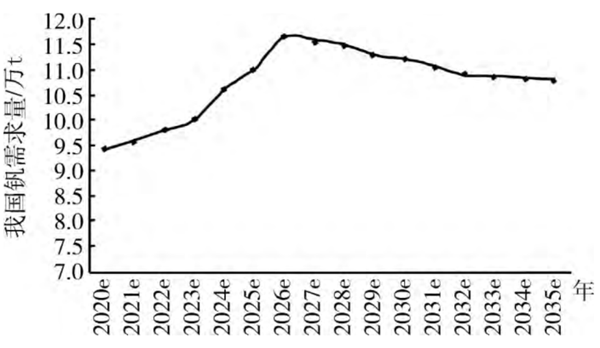
Forecast Chart of China's Vanadium Demand Trend from 2020 to 2035
(Source: Wu Qing et al., 2021)
Extraction and Recovery of Vanadium
The extraction methods of vanadium mainly include wet vanadium extraction and fire (oxidation) vanadium extraction. Wet vanadium extraction is the direct extraction of vanadium from vanadium bearing titanium bearing magnetite ore. Vanadium extraction by pyrometallurgy is the process of obtaining vanadium containing molten iron through pyrometallurgy, and then obtaining vanadium slag through oxidation. After enrichment, it becomes the raw material for manufacturing ferrovanadium alloys. Traditional vanadium extraction processes have shortcomings such as high cost and secondary pollution. In the future, we should actively promote technological innovation and develop towards low-cost, green, and high recovery rates.
In addition to vanadium ore resources, vanadium containing waste also contains a variety of metals with important economic value. There are various types of vanadium containing waste, including vanadium containing steel slag, vanadium extraction tailings, deactivated catalysts, and vanadium battery failure electrolyte. Recycling vanadium containing waste as a secondary resource can not only bring remarkable economic and environmental benefits, but also have important significance for the recycling of resources.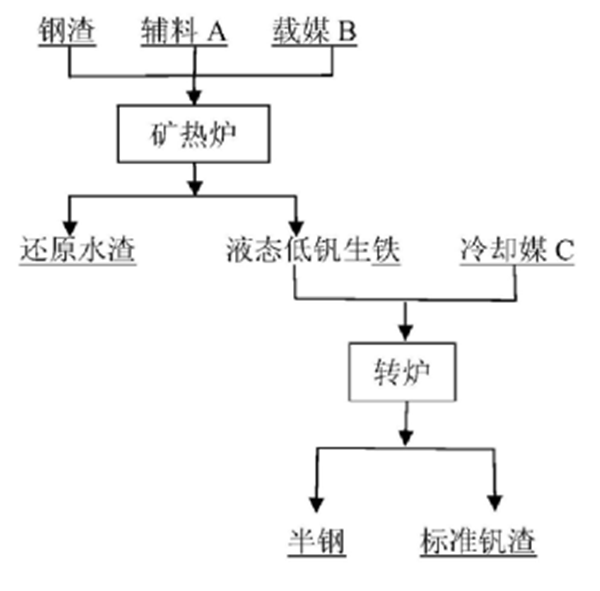
Vanadium extraction process from steel slag and tailings

